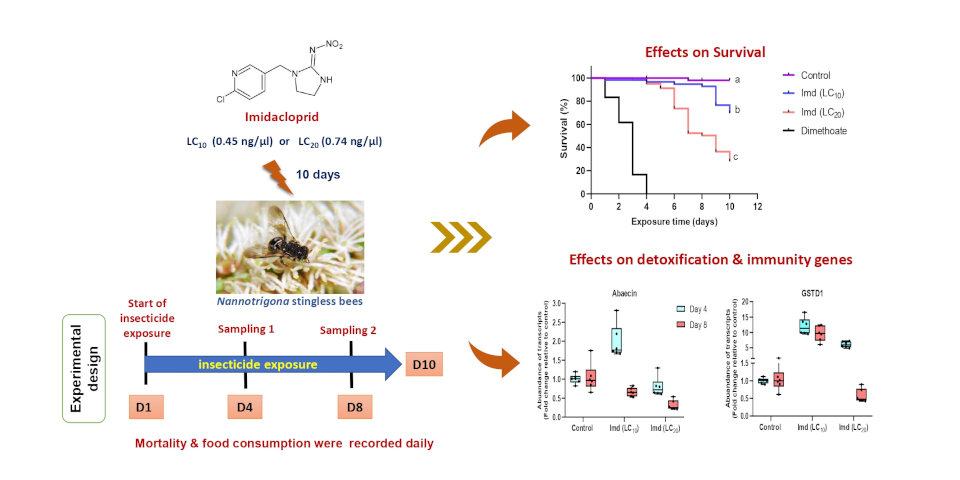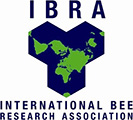Stingless bees are ecologically and economically important species in the tropics and subtropics, but there has been little research on the characterization of detoxification systems and immune responses within them. This is critical for understanding their responses to, and defenses against, a variety of environmental stresses, including agrochemicals. Therefore, we studied the detoxification and immune responses of a stingless bee, Nanotrigona perilampoides, which is an important stingless bee that is widely distributed throughout Mexico, including urban areas, and has the potential to be used in commercial pollination. We first determined the LC50 of the neonicotinoid insecticide imidacloprid for foragers of N. perilampoides, then chronically exposed bees for 10 days to imidacloprid at two field-realistic concentrations, LC10 (0.45 ng/µL) or LC20 (0.74 ng/µL), which are respectively 2.7 and 1.3-fold lower than the residues of imidacloprid that have been found in honey (6 ng/g) in central Mexico. We found that exposing N. perilampoides stingless bees to imidacloprid at these concentrations markedly reduced bee survival and food consumption, revealing the great sensitivity of this stingless bee to the insecticide in comparison to honey bees. The expression of detoxification (GSTD1) and immune-related genes (abaecin, defensin1, and hymenopteacin) in N. perilampoides also changed over time in response to imidacloprid. Gene expression was always lower in bees after 8 days of exposure to imidacloprid (LC10 or LC20) than it was after 4 days. Our results demonstrate that N. perilampoides stingless bees are extremely sensitive to imidacloprid, even at low concentrations, and provide greater insight into how stingless bees respond to pesticide toxicity. This is the first study of its kind to look at detoxification systems and immune responses in Mexican stingless bees, an ecologically and economically important taxon.
2412 Members
127 Countries!
127 Countries!










